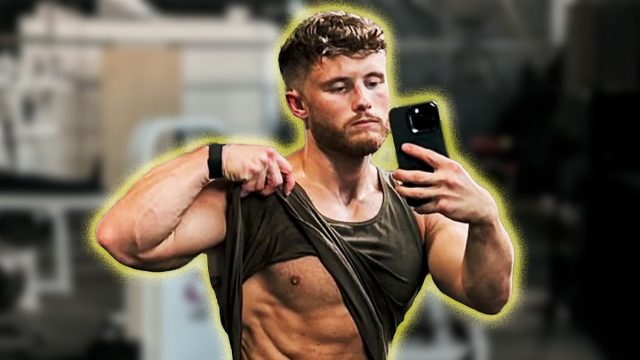Jeff Nippard Shares 5-Point Checklist for Perfect Squats
Are you squatting the right way? There's an easy way to find out, according to one fitness influencer. Jeff Nippard is a Canadian natural pro bodybuilder and internationally qualified powerlifter with a BSc in biochemistry/chemistry and a passion for science. He regularly shares fitness tips with his 4.4 million YouTube subscribers. In a recent video, he reveals his five-point checklist for squats. "If you take all five, you have a perfect squat," he says at the start of the video.
Bar Placement
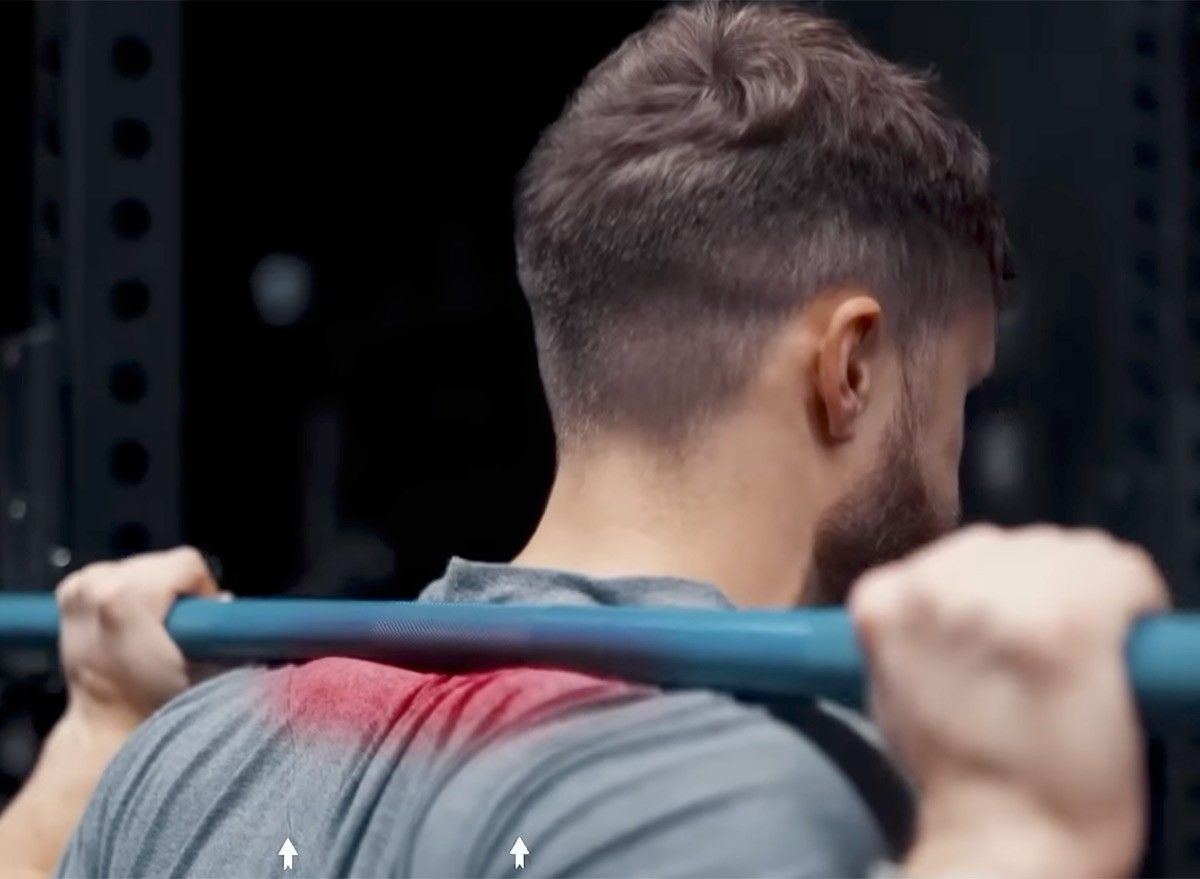
"First, check bar placement for a high bar squat," says Nippard. Place the bar on your upper traps. This will target slightly more quads. For a low bar squat, shift the bar down two or three inches. This will target slightly more glutes and lower back."
Efficient Walkout
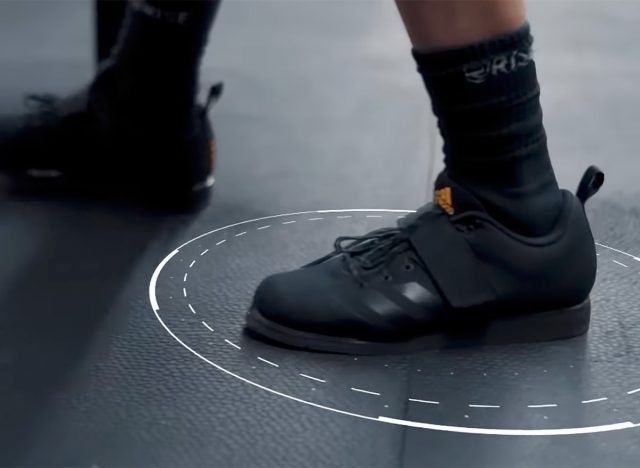
Second, an efficient walkout. "Don't take too many steps. That's just wasted energy," he explains. "Instead, take one step to clear the rack, a second step to match the other foot, and a third adjustment step if you need to get them even."
Stance
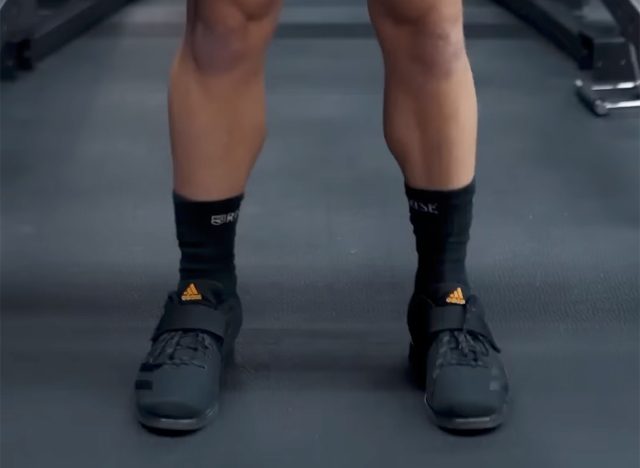
The third is stance. As for width, "narrow and wide stances both work," he notes. "But for most people, just outside shoulder width with slightly flared toes is best."
Related: This Is Exactly How to Lose Body Fat This Year
Depth
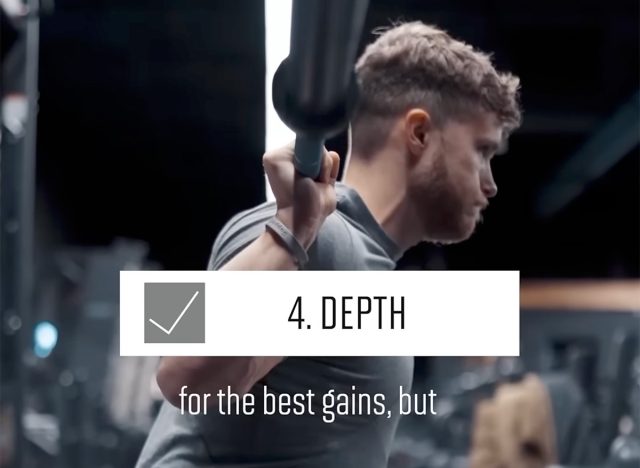
The fourth item on his checklist is depth. "Try to break parallel for the best gains, but cutting depth a bit shy won't kill your gains," he says. "For powerlifting, you do need to get your hip crease below your knee joint for the lift to count. Squat shoes and ankle mobility drills, dropping the weight back can help you get deeper."
Bar Path
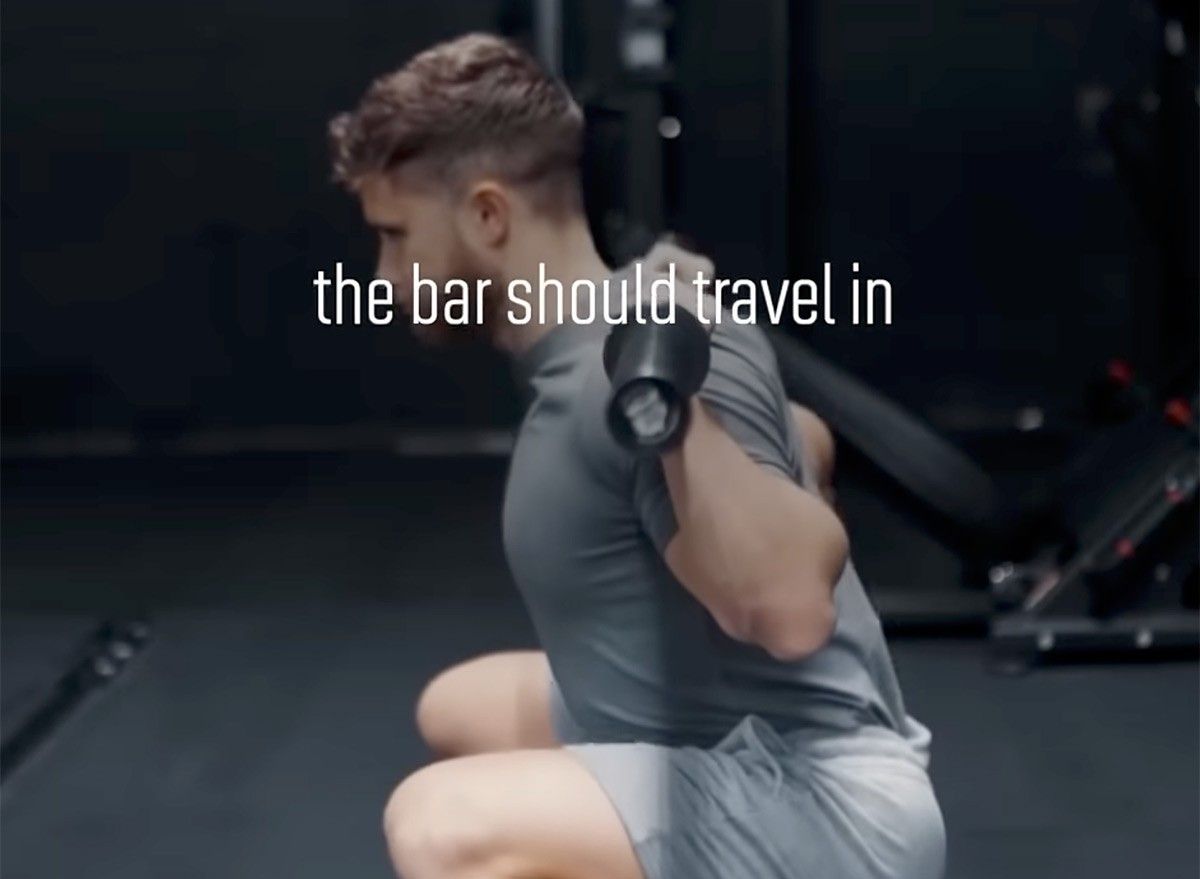
Fifth, a good bar path. "Ideally, the bar should travel in a straight line centered over the middle of your foot. If it shifts a bit, that's okay. Try to keep it in balance the best you can," he says.
RELATED: 7-Day Fat Loss Plan From Expert Lilly Sabri
Why You Should Be Doing Squats
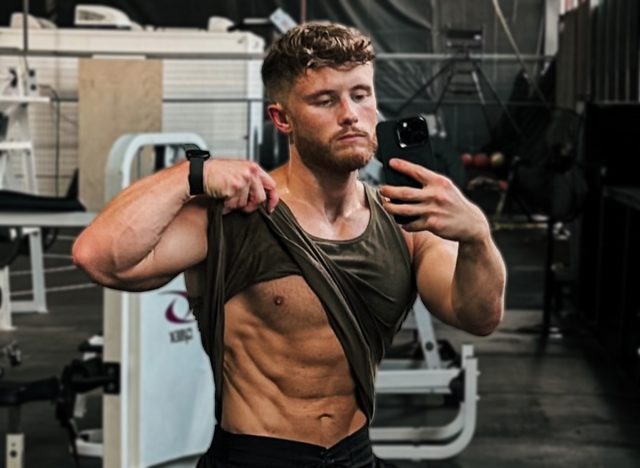
If you aren't doing squats, you should be. According to Kendra Gamble of HIT Fitness, the simple exercise comes with a "multitude of benefits." They help "increase strength, size and power of quads (front part of legs), glutes (butt), hamstrings (back of legs), calves, adductors (inner thighs), tendons and ligaments, and lowers your chances of knee and ankle injuries," she tells Body Network.
💪🔥Body Booster: Before you do your next set of squats, run through this 5-point checklist and see how many boxes you can mark.
